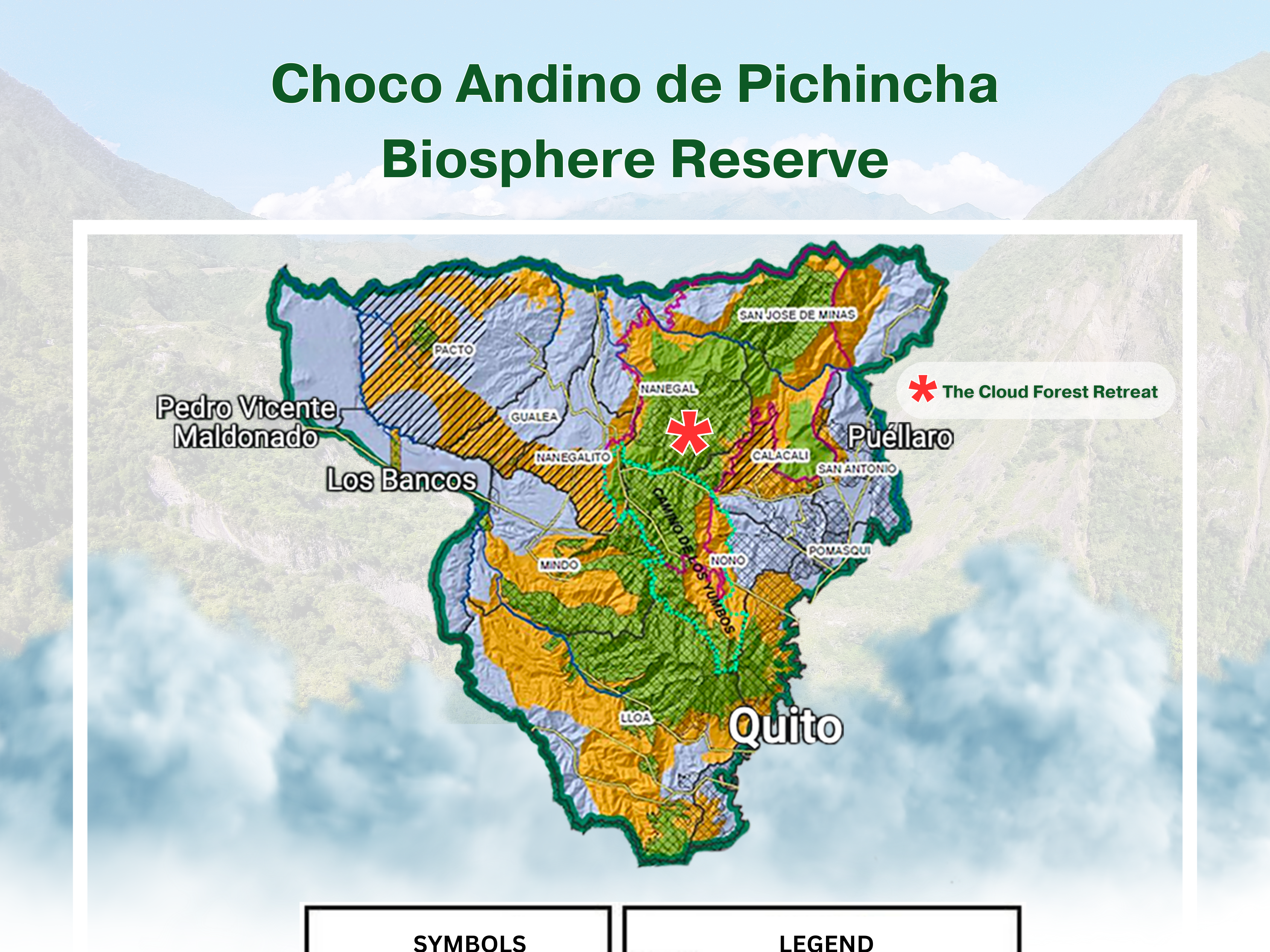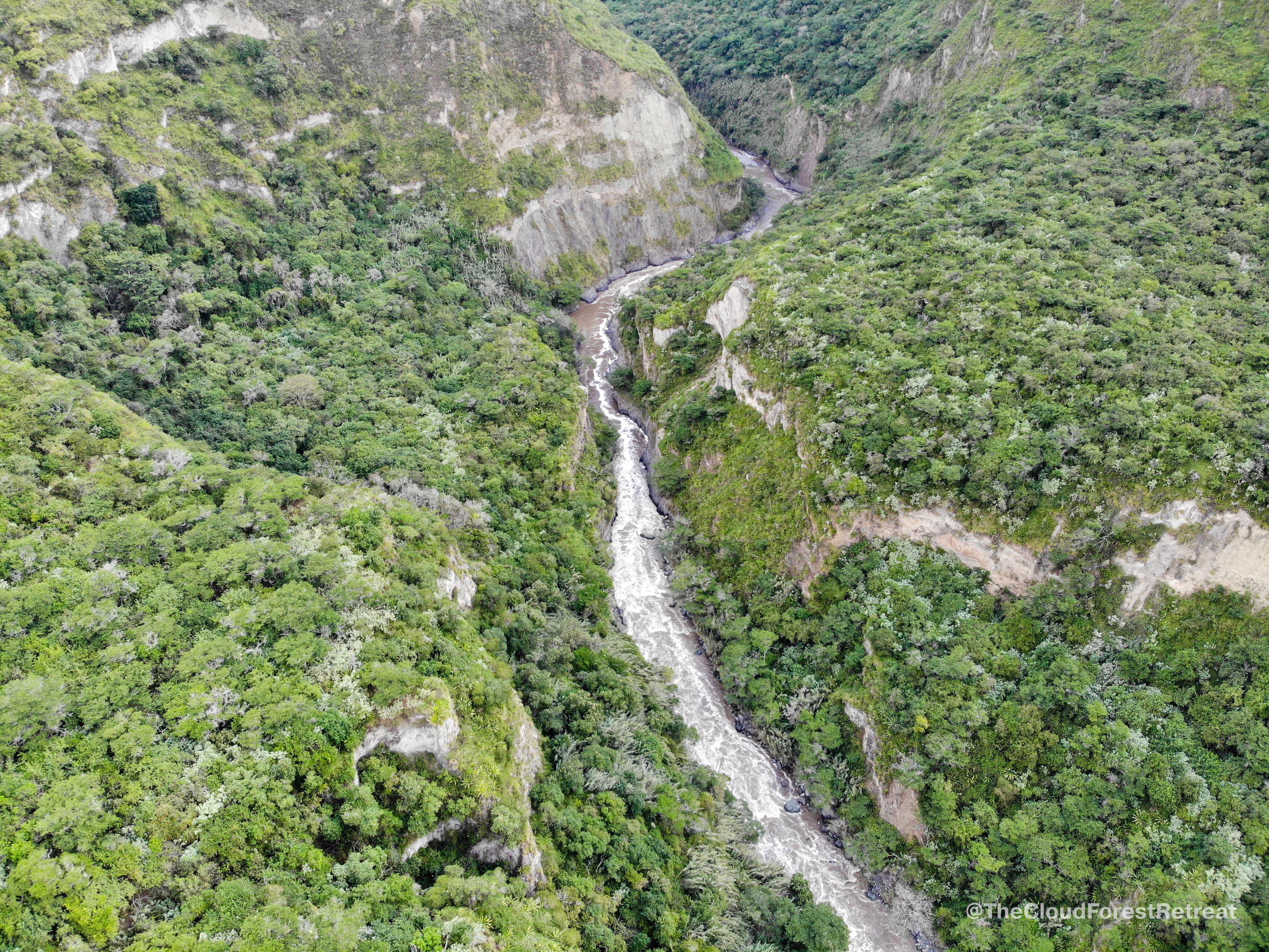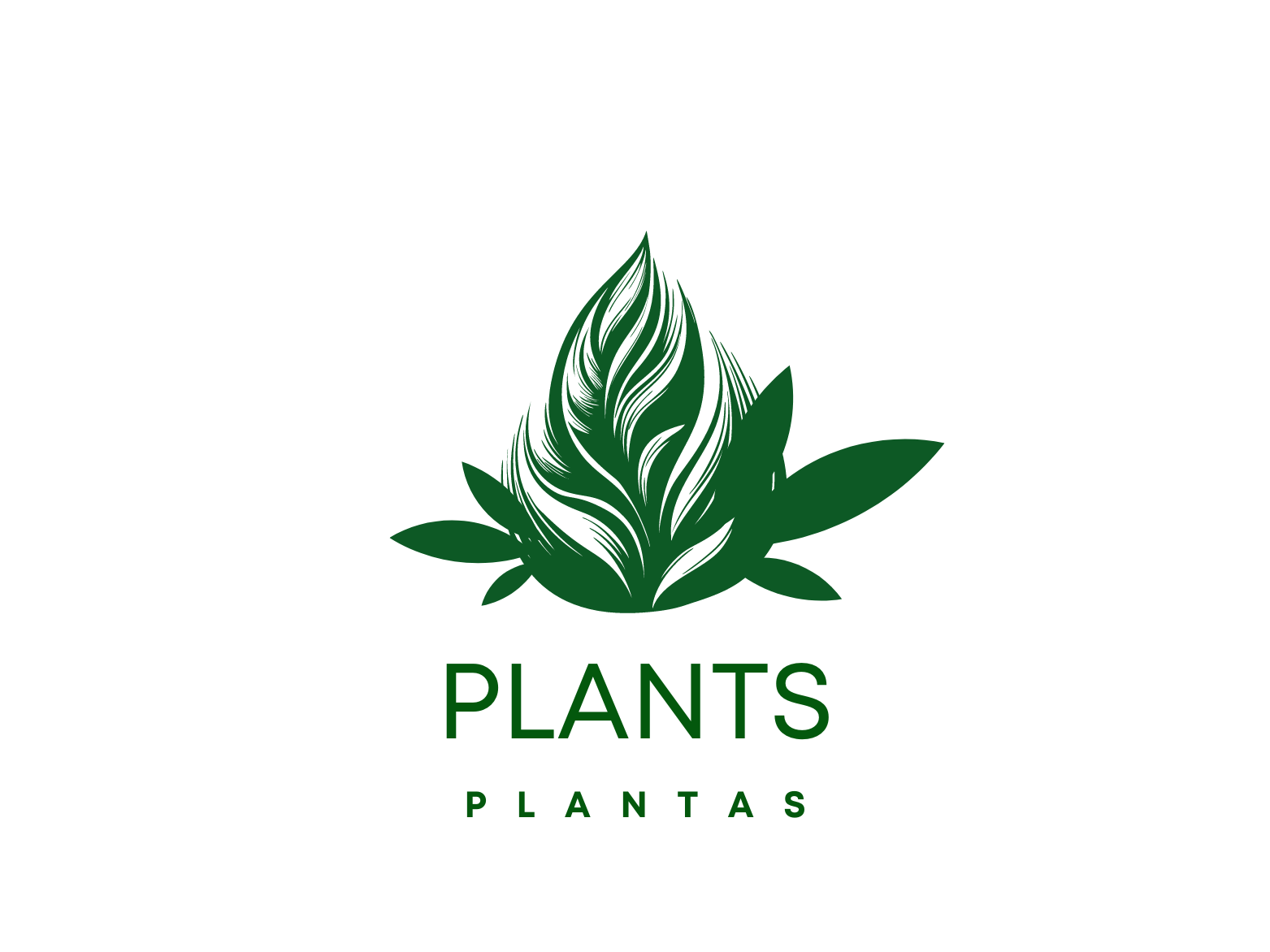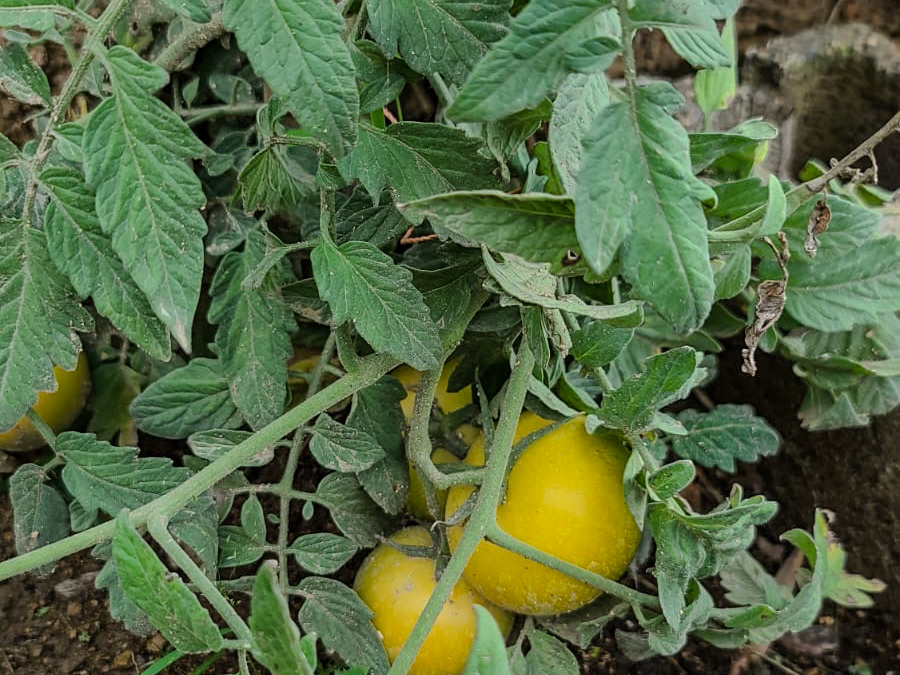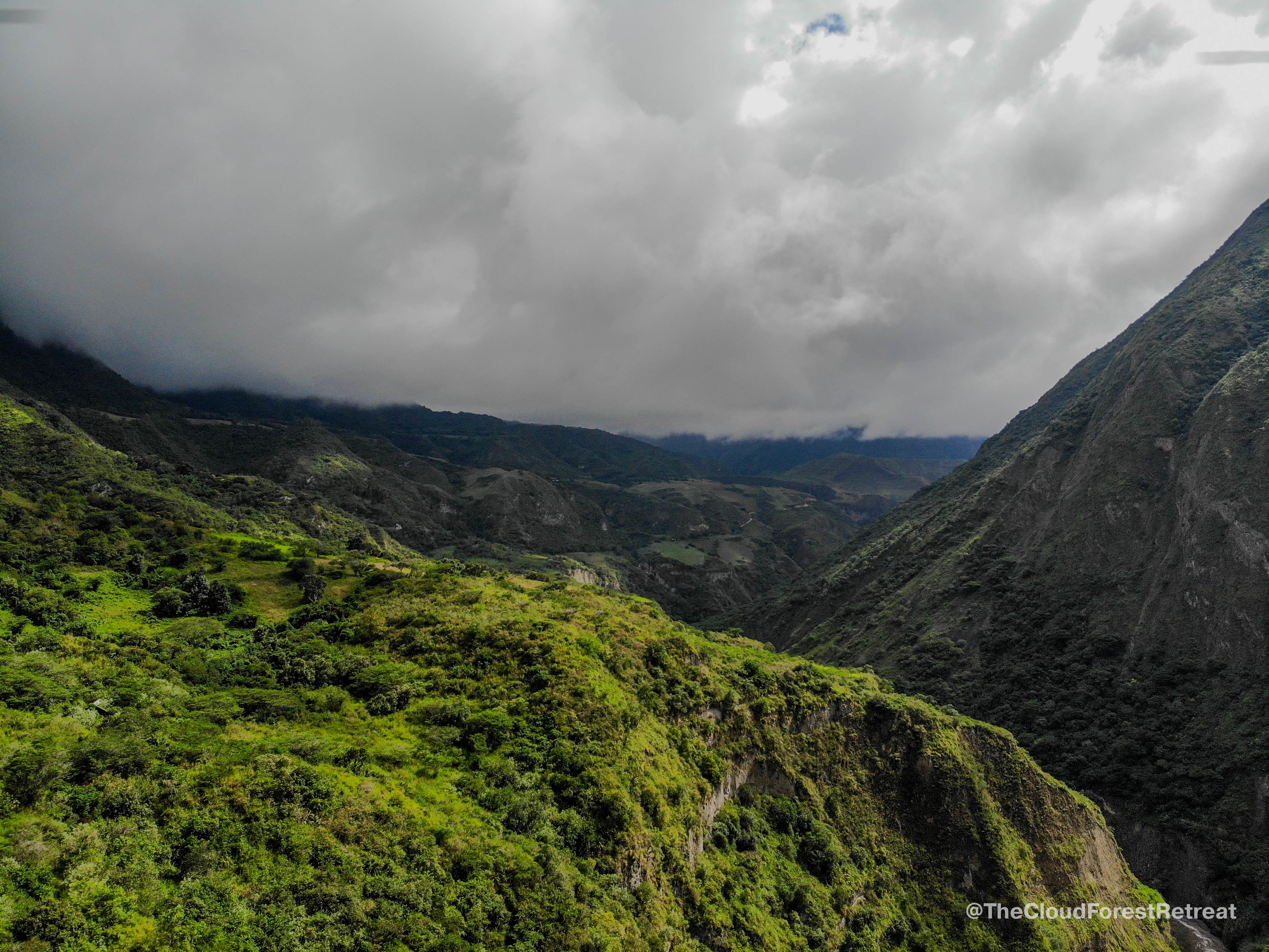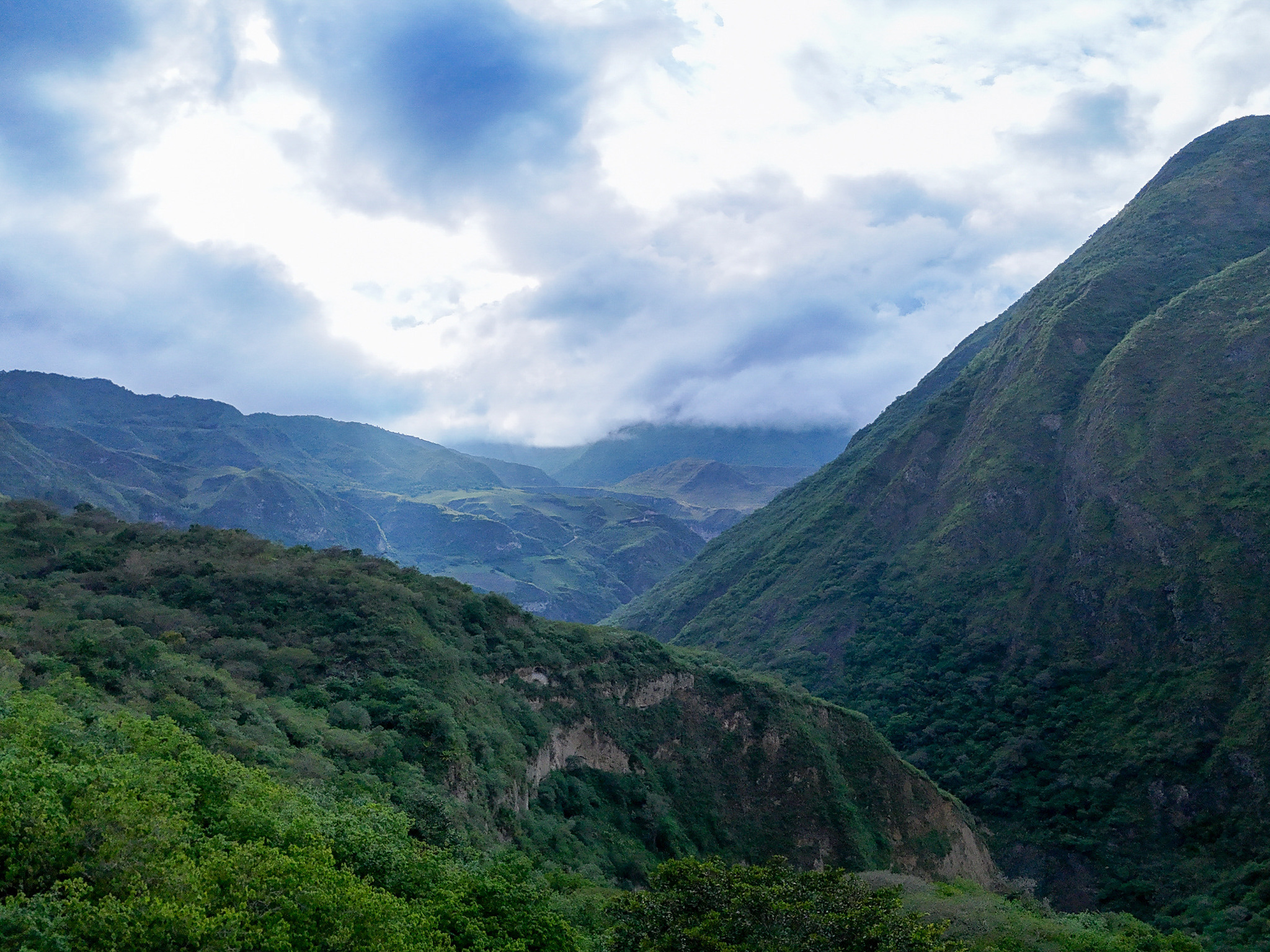Río Guayllabamba in Ecuador
The Río Guayllabamba is a significant river located in the Andean region of Ecuador. It plays an essential role in the hydrology, ecology, and human activities of the region. The river is part of the larger Guayllabamba River Basin, which drains a substantial portion of the northern Andean highlands and flows toward the Pacific Ocean.
Geography and Course
The Río Guayllabamba originates in the high-altitude Andean valleys near the city of Quito, Ecuador's capital. It flows westward, carving its way through the rugged Andean terrain. The river passes through several provinces, including Pichincha and Imbabura, and eventually joins the Río Esmeraldas, which empties into the Pacific Ocean.
The river's course is characterized by steep valleys, dramatic gorges, and fertile plains. It serves as a natural boundary in some areas and is a vital water source for agriculture and human settlements along its banks.
Ecological Importance
The Guayllabamba River supports a diverse range of ecosystems, from high-altitude páramo grasslands to subtropical forests as it descends in elevation. These ecosystems are home to a variety of plant and animal species, some of which are endemic to the region. The river also provides water for irrigation, which sustains the agricultural activities in the surrounding areas.
However, like many rivers in Ecuador, the Guayllabamba faces environmental challenges, including deforestation, pollution from urban and agricultural runoff, and the impacts of climate change. Efforts to conserve the river and its surrounding ecosystems are critical for maintaining biodiversity and the livelihoods of local communities.
Human and Economic Significance
The Río Guayllabamba is vital for the communities living along its banks. It provides water for drinking, irrigation, and industrial use. The fertile lands in the Guayllabamba Valley are used for growing crops such as maize, potatoes, and fruits, which are essential for local consumption and trade.
The river also has cultural significance, as it has been a part of the lives of indigenous and mestizo communities for centuries. In recent years, the Guayllabamba region has seen increased urbanization and infrastructure development, including roads and bridges that connect rural areas to larger cities like Quito.
Challenges and Conservation
Despite its importance, the Río Guayllabamba faces several challenges:
Pollution: Urbanization and agricultural activities have led to increased pollution in the river, affecting water quality and aquatic life.
Deforestation: The clearing of forests in the river's watershed has led to soil erosion and sedimentation, which impact the river's flow and health.
Climate Change: Changes in precipitation patterns and glacial melt in the Andes are affecting the river's water levels and seasonal flow.
Conservation efforts are underway to address these issues. Local governments, environmental organizations, and communities are working together to promote sustainable land use, reforestation, and pollution control measures.
Conclusion
The Río Guayllabamba is a lifeline for the Andean region of Ecuador, providing water, supporting biodiversity, and sustaining human livelihoods. However, it requires careful management and conservation to ensure its health and sustainability for future generations. As Ecuador continues to balance development with environmental stewardship, the Guayllabamba River remains a critical natural resource that reflects the challenges and opportunities of living in harmony with nature.


